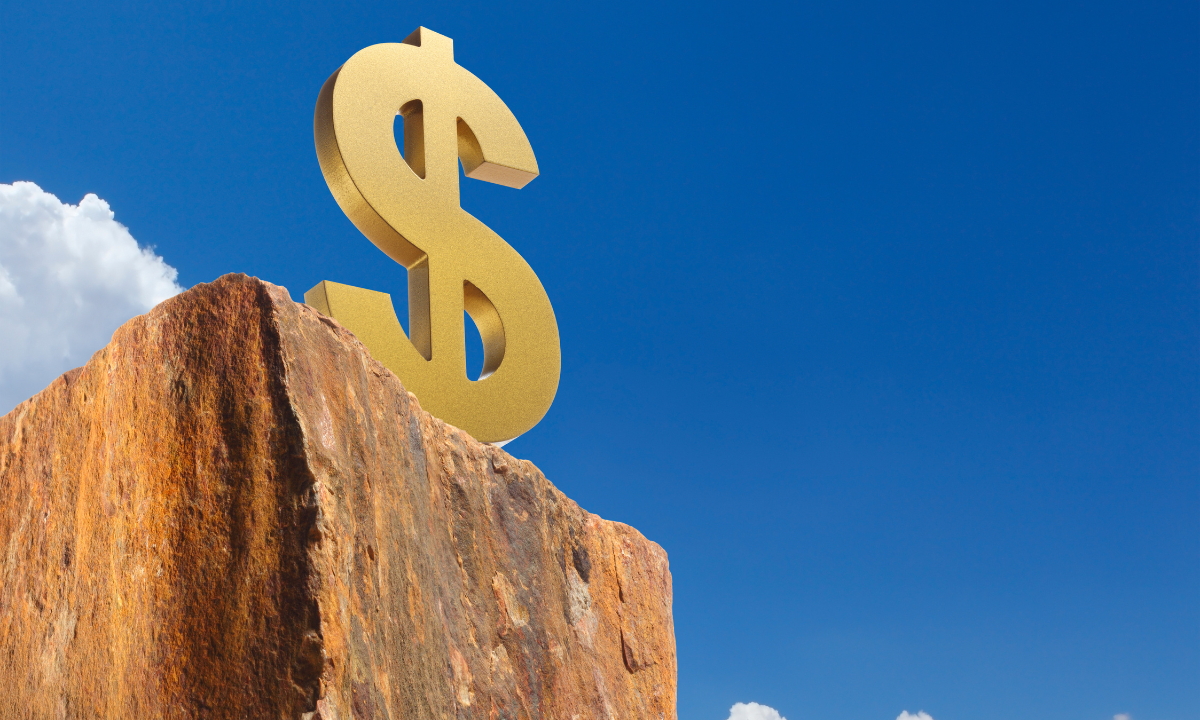Amazon CEO Jeff Bezos is formally being recognized by the San Diego Air and Space Museum in Balboa Park for his contributions to space exploration. His company, Blue Origin, is one of the businesses leading the field of space technology in the private sector.
Along with Bezos, others being honored include Robert J. Gilligand, the first SR-71 test pilot, Dick Gordon, the command module pilot for Apollo 12, and Vance Coffman, the Chairman of Lockheed Martin and the man responsible for the Hubble Space Telescope.
Beginning in 1963, the Air and Space Museum has honored designers, pilots, engineers, crewmembers, and business leaders that have contributed to the advancement of space exploration.
Jim Kindrick, President and CEO of the San Diego Air and Space Museum, honored the inductees by saying “We’re especially pleased to honor this exemplary Class of 2019 because these men and women are amongst the most talented figures in air and space history.” He later said, “Aviation and space exploration, as embodied by the honorees in the International Air & Space Hall of Fame, directly represents the human pioneering and exploring spirit.”
The museum posted the following about each inductee:
Jeff Bezos
Founder and CEO of Amazon.com, Bezos began in 1994 with a mission to be Earth’s most customer-centric company. In 2000, Bezos founded aerospace company Blue Origin. The company is focused on developing infrastructure for the creation of human spaceflight capabilities and building a future where millions of people are living and working in space. He is also the owner of the Washington Post. In 2018, he founded the Bezos Day One Fund to support the homeless and build high-quality preschools in low-income communities. Bezos graduated summa cum laude, Phi Beta Kappa in electrical engineering and computer science from Princeton University in 1986. He was named TIME Magazine’s Person of the Year in 1999.
Hawley Bowlus
Icon of the Golden Age of Flight, Bowlus’ efforts in glider design dominated from 1911-1929. He was an American engineer, designer and builder of aircraft (especially gliders). Bowlus was the first to break Orville Wright’s 1911 soaring duration record in an American designed and built sailplane. An expert at soaring flight, he trained many glider pilots and actually gave lessons to Charles and Anne Lindbergh in Bowlus sailplanes in San Diego in 1930.
Vance D. Coffman
Retired Chairman of Lockheed Martin Corp., Coffman served in a series of elected corporate leadership positions, including president and chief operating officer of Lockheed Martin’s Space & Strategic Missile Sector. While president of Lockheed’s Space Systems Division in 1988, Coffman was responsible for the Hubble Space Telescope, the MILSTAR satellite communications program and the Follow-on Early Warning System (now called the Spaced Based Infrared System).
Joan Sullivan Garrett
In 1983, Garrett was serving as a critical care flight nurse and chief medical officer aboard an emergency helicopter evacuation flight, responding to a remote, rural traffic accident. Less than two years later, she founded MedAire – now the leading global provider of 24/7 integrated safety solutions for aviation and maritime where remote medical care is in high demand. Garrett’s congressional testimony in 2001 led to the FAA’s final ruling requiring US airlines to carry AEDs on all flights, domestic and international.
Robert J. Gilliland
First man to fly the SR-71 Blackbird and test-flyer for EVERY Blackbird that came off the production line before it was turned over to the United States Air Force. Gilliland played a vital role in developing the world’s most advanced aircraft used in top secret missions, which were crucially important in winning the Cold War. He has more Mach 3 plus time than any other pilot in the world.
Dick Gordon
An American Naval officer and aviator, chemist, test pilot and NASA astronaut, Gordon is one of only 24 people to have flown to the moon. Gordon served as back-up pilot for Gemini 8, and in September 1966, he made his first space flight as pilot of Gemini 11. Gordon was subsequently assigned as backup command module pilot for Apollo 9. In November 1969, he flew as command module pilot of Apollo 12, the second manned mission to land on the moon.
Lt. Col. David Hamilton
An elite special operations group, the Pathfinders were target-marking squadrons during World War II. Hamilton enlisted in the U.S. Army Air Force and trained as a C-47 pilot. He was selected to become a Pathfinder pilot. He took part in critical missions including dropping paratroopers into Normandy in advance of the allied invasion on D-Day. Hamilton is the last surviving Pathfinder pilot from D-Day.
Robert H. Liebeck
Liebeck is a world-renowned authority on aerodynamics, hydrodynamics and aircraft design. He earned his Ph.D. in aeronautical and astronautical engineering in 1968 and is a member of the National Academy of Engineering. Liebeck is most noted for his development of airfoils to make wings more efficient which have become known as “Liebeck Airfoils.” He’s also known as the father of the Blended Wing Body aircraft and is currently a senior fellow at The Boeing Company where he is program manager for the Blended-Wing-Body Program.
The San Diego Air and Space Museum is the most prestigious of its kind. Its honorees include hundreds of people ranging from the Wright Brothers to Apollo and Soyuz astronauts. The museum now has eight more people to add to its long list of industry legends.




